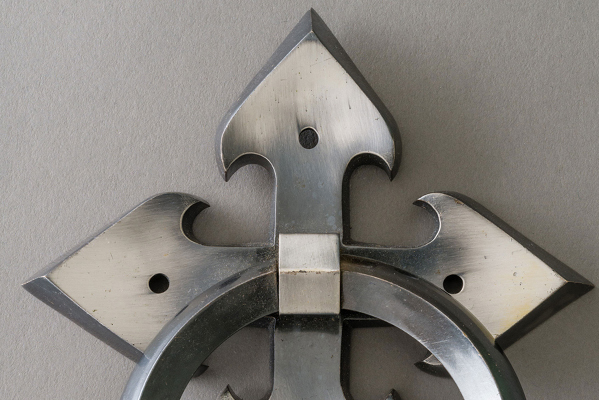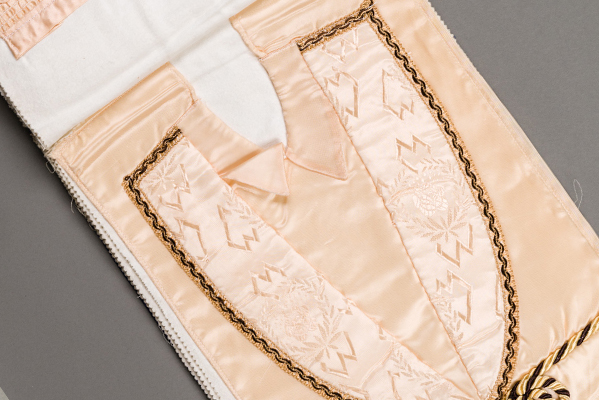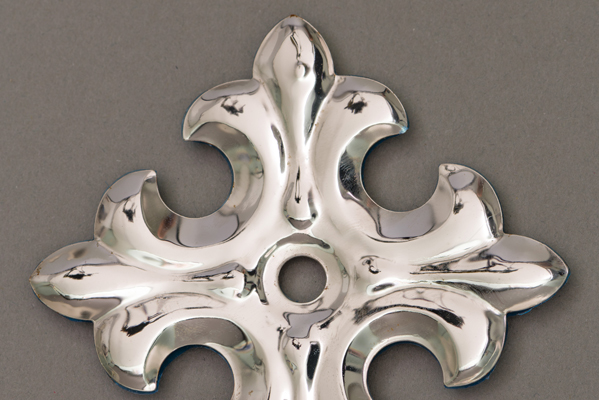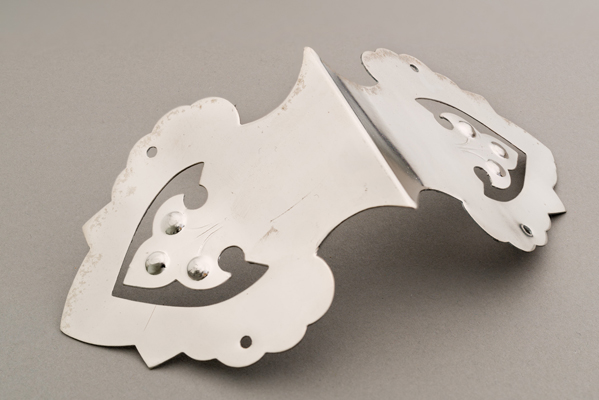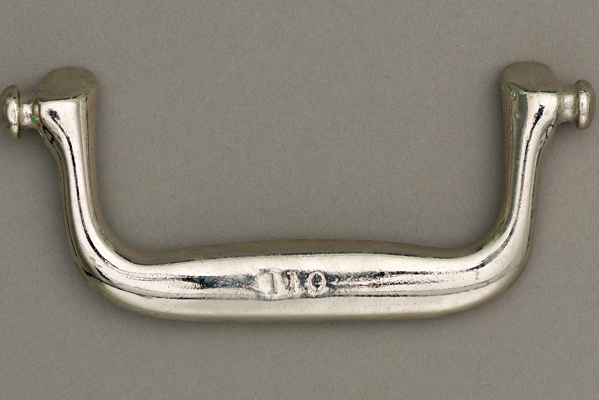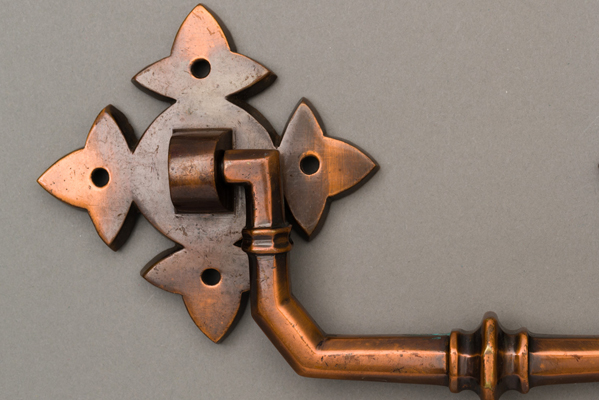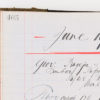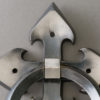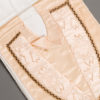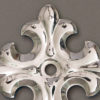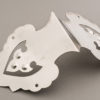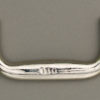This item is in the following Themes:
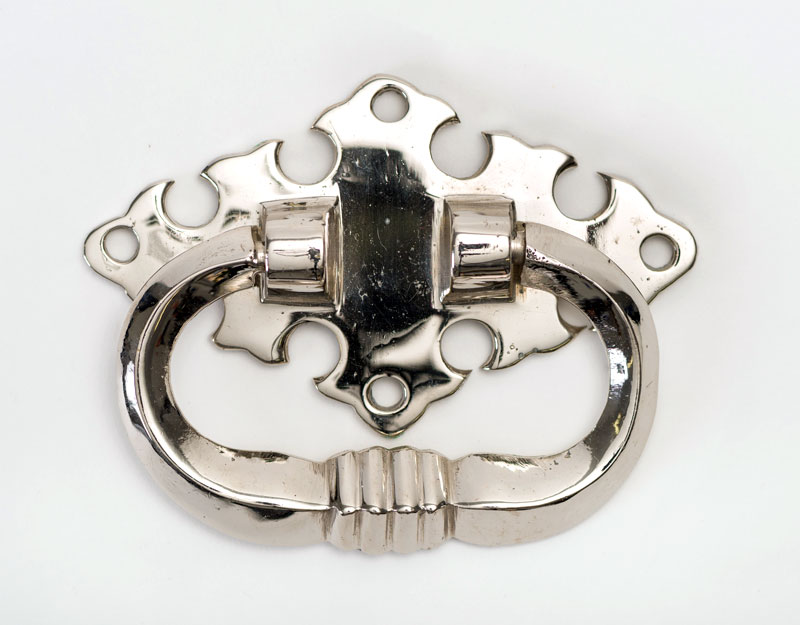
Date: Circa 1920s
Material: Nickel plated
Product No: N132.
Production:
A very fine burnished nickel-plated solid cast brass Princess Crescent handle; top of the range. A variant of N126/T.E.Crescent in the 1960s’ Newman catalogue. It’s drawn on inspiration from earlier Victorian Neo-Gothic coffin handle designs.
Newman Brothers traditionally used sand casting to manufacture their products between 1894 and the mid 1960s. By the mid 1960s, this had become less efficient and more time consuming. As a result, they commissioned outside die-casting companies to produce a range of their products for them. One of those companies was GEO Gale (Die Casters) Ltd based on Birchfield Road in Birmingham (see letter from GEO Gale below).
History:
Child mortality rates in Victorian Birmingham were some of the highest in the country. Over 146,000 infants under the age of twelve months died in Birmingham between 1873 and 1938. To put that into context, that is an average of 2,246 children every year. Most of these deaths occurred before the turn of the century, prior to Joseph Chamberlain’s public health and sanitation acts, which significantly improved the life expectancy of children and adults alike.
Children’s coffin fittings were identical to those of adults, but just smaller. This was an age when children were dressed as ‘little adults’, so even the shrouds were the same. Find out more about shrouds here. The period of deep mourning for children lasted a year. After that, mourning continued for another year, although the clothing material was changed, and traditional black crape was dispensed with. Practically, it was difficult for poorer members of society to embrace this Victorian etiquette, as they very often had to wear what they had and couldn’t always conform to these standards. In fact, they planned ahead and saved money in advance for their children’s funerals, because the likelihood of dying before three years old was high. This was in an effort to ensure that if their children did not survive, they would still be able to have a respectable funeral for them.


